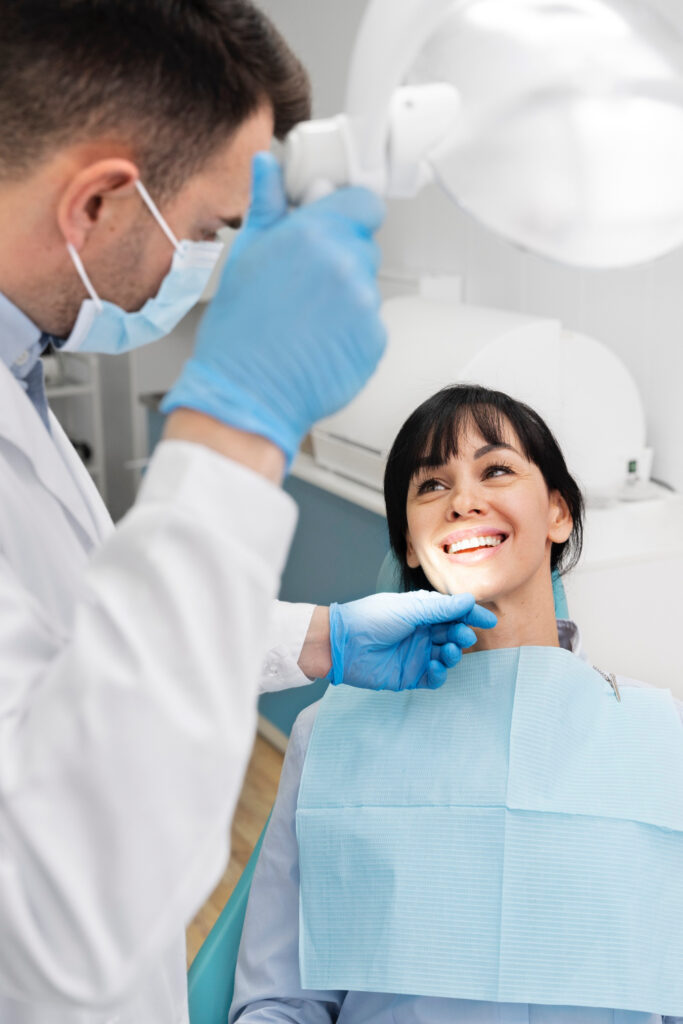
Table of Contents
- 1 Table of Contents
- 2 Introduction to Orthodontic Treatment
- 3 Improved Oral Health Through Teeth Alignment
- 4 Prevention of Dental Issues
- 5 Enhanced Aesthetic Appearance
- 6 Better Jaw Function and Reduced Pain
- 7 Types of Orthodontic Treatments Available
- 8 The Role of Technology in Orthodontics
- 9 Is Orthodontic Treatment Right for You?
- 10 Conclusion
Table of Contents
- Introduction to Orthodontic Treatment
- Improved Oral Health Through Teeth Alignment
- Prevention of Dental Issues
- Enhanced Aesthetic Appearance
- Better Jaw Function and Reduced Pain
- Types of Orthodontic Treatments Available
- The Role of Technology in Orthodontics
- Is Orthodontic Treatment Right for You?
- Conclusion
Introduction to Orthodontic Treatment
Orthodontic treatment has evolved considerably, offering solutions that improve aesthetics and oral health. Deciding to straighten and align teeth can be practical and transformative for those looking to enhance their smiles. Improved dental technology has made orthodontic treatments more available, effective, and less intrusive, allowing people of any age to achieve a better smile.
Aligning teeth goes beyond cosmetic appeal. It plays an integral role in achieving oral health, functionality, and overall well-being, making it a wise choice for many people. By addressing misalignment, orthodontic treatments can resolve many underlying issues that impact dental and general health.
Improved Oral Health Through Teeth Alignment
Aligned teeth make cleaning easier, lowering the chances of plaque, cavities, and gum disease. Straight teeth simplify flossing and brushing, leading to better oral hygiene. This, in turn, helps protect your teeth and gums and supports overall health, as good oral hygiene is linked to reduced risks of conditions like heart disease and diabetes.
Prevention of Dental Issues
Misaligned teeth can result in dental problems like tooth decay, gum disease, and tooth loss. Uneven teeth lead to abnormal wear, enamel erosion, and increased cavity risk. Correcting alignment ensures an even bite, evenly distributing chewing forces, reducing the risk of dental trauma, and promoting tooth longevity. Proper alignment helps prevent severe dental issues, saving time and money on extensive procedures.
Enhanced Aesthetic Appearance
A beautiful smile can significantly boost self-esteem and confidence. Proper tooth alignment enhances facial symmetry and attractiveness, positively impacting social interactions and professional image. A straighter smile can improve mental health, social relationships, and career opportunities. Investing in orthodontic treatment offers renewed self-assurance and overall well-being.
Better Jaw Function and Reduced Pain
Orthodontic treatment can enhance jaw alignment, address TMJ disorder, and reduce jaw pain. Misalignment often leads to chronic pain, headaches, and difficulties with chewing and speaking. Correcting jaw alignment improves biting, chewing, and speaking functions while reducing muscle and joint strain. This leads to less pain and discomfort, better oral health, and a more comfortable, pain-free daily life.
Types of Orthodontic Treatments Available
There are several orthodontic treatments to suit different needs and preferences:
- Traditional Braces: Metal brackets and wires effectively move teeth into place and are ideal for complex cases.
- Ceramic Braces: Similar to traditional braces but less visible due to their tooth-colored appearance, they are preferred for aesthetic reasons.
- Invisalign: Clear, removable aligners that are nearly invisible and convenient for maintaining oral hygiene while offering a discreet treatment option.
- Lingual Braces: Fastened to the back of the teeth, concealing them from the front view. They combine the efficiency of conventional braces with a concealed appearance.
Seeking advice from an orthodontist assists in identifying the most appropriate treatment plan according to individual requirements and objectives.
The Role of Technology in Orthodontics
Modern technology has revolutionized orthodontic treatment, making it more efficient and less invasive. Organizations like the American Association of Orthodontists provide resources and tools that help orthodontists deliver state-of-the-art care to their patients. Digital imaging, 3D modeling, and other advancements ensure more accurate diagnosis, planning, and execution of orthodontic treatments. Technology like clear aligners and self-ligating braces have improved comfort, reduced treatment times, and provided more predictable outcomes. Such innovations reflect the continuous evolution of orthodontic care aimed at enhancing patient experiences and results.
Is Orthodontic Treatment Right for You?
Seeking advice from a dentist is the initial action to determine if orthodontic treatment suits you. The American Dental Association offers valuable information on the options and what to expect from the treatment process. A professional evaluation is crucial for determining the best orthodontic treatment based on your needs, goals, and the complexity of your case. Factors such as the condition of your teeth, lifestyle, and personal preferences should be considered when selecting a treatment. Expert guidance provides a customized plan that ensures optimal outcomes for your oral health and aesthetic goals.
Conclusion
Investing in orthodontic treatment offers substantial benefits for both oral health and appearance. Early intervention for teeth misalignment can prevent dental issues and improve overall quality of life. Whether you choose traditional braces, Invisalign, or another method, you can achieve a healthier and more confident smile. Orthodontic care is a cosmetic choice and a crucial step toward long-term oral health and well-being. With various modern treatment options and expert guidance, now is an excellent time to pursue orthodontic care.
